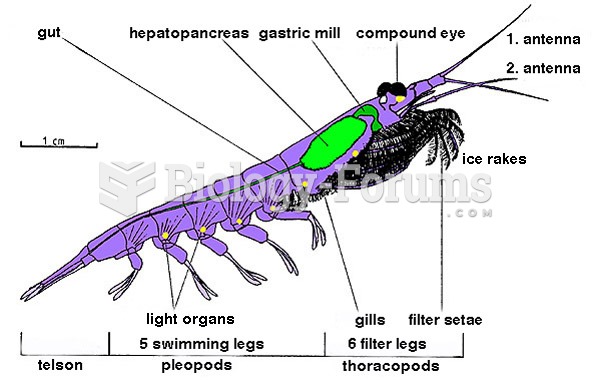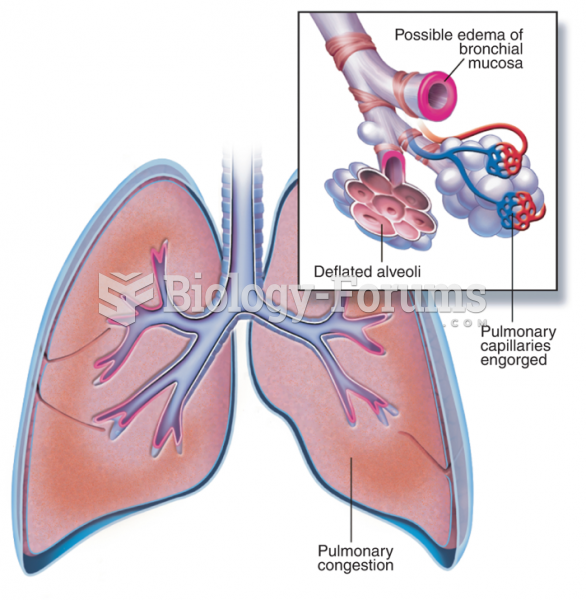|
|
|
As the western states of America were settled, pioneers often had to drink rancid water from ponds and other sources. This often resulted in chronic diarrhea, causing many cases of dehydration and death that could have been avoided if clean water had been available.
Blood in the urine can be a sign of a kidney stone, glomerulonephritis, or other kidney problems.
The National Institutes of Health have supported research into acupuncture. This has shown that acupuncture significantly reduced pain associated with osteoarthritis of the knee, when used as a complement to conventional therapies.
In 1844, Charles Goodyear obtained the first patent for a rubber condom.
Medication errors are more common among seriously ill patients than with those with minor conditions.







